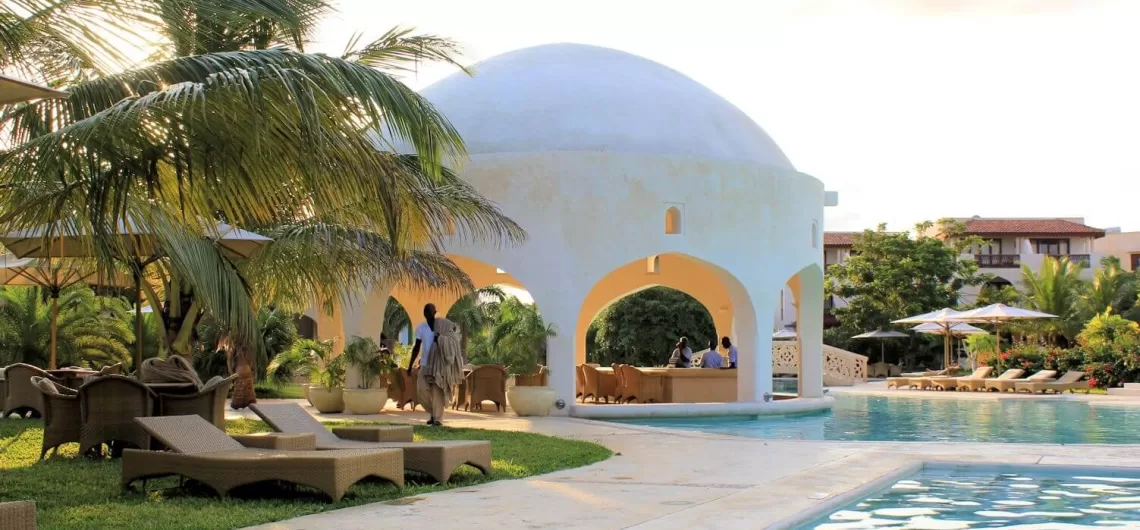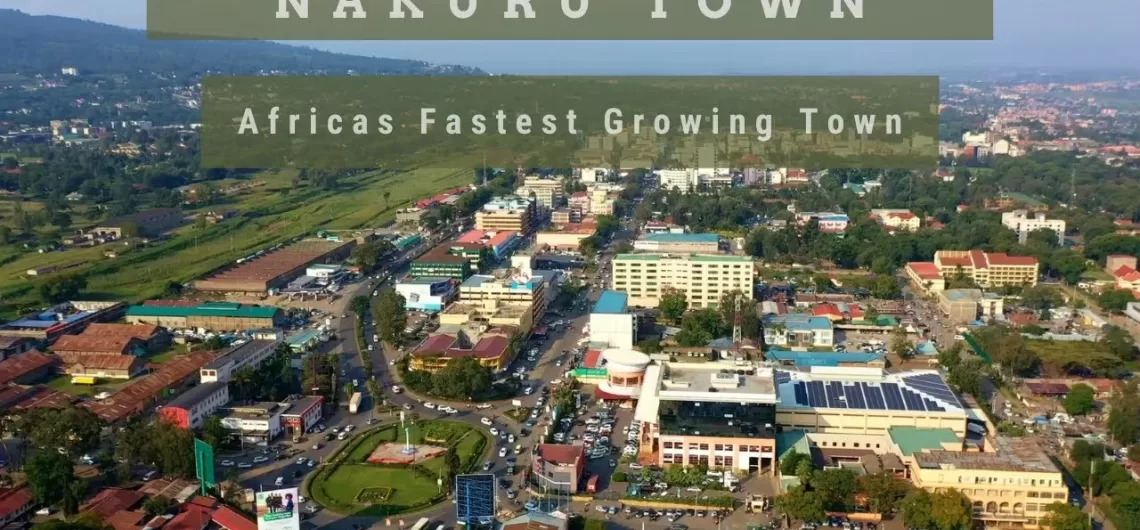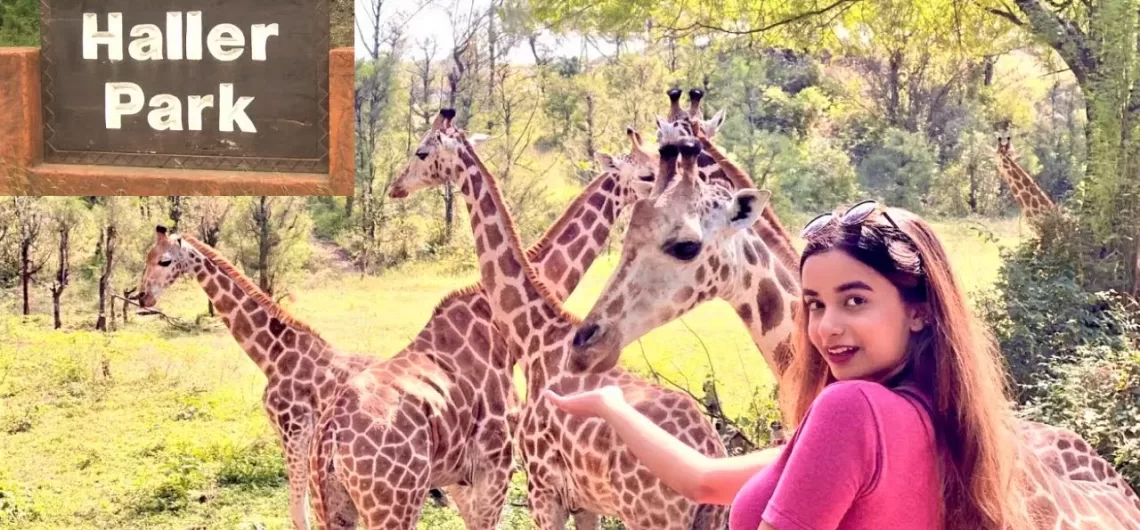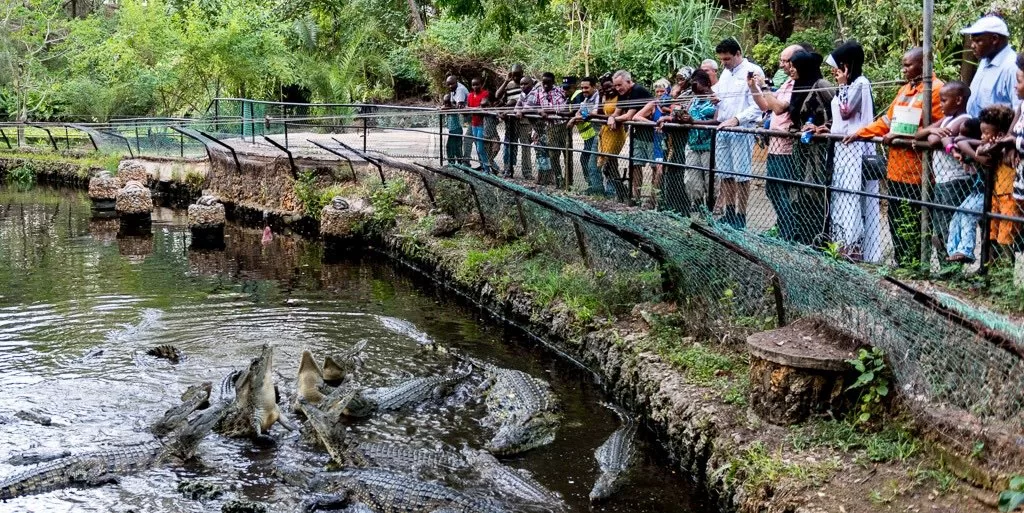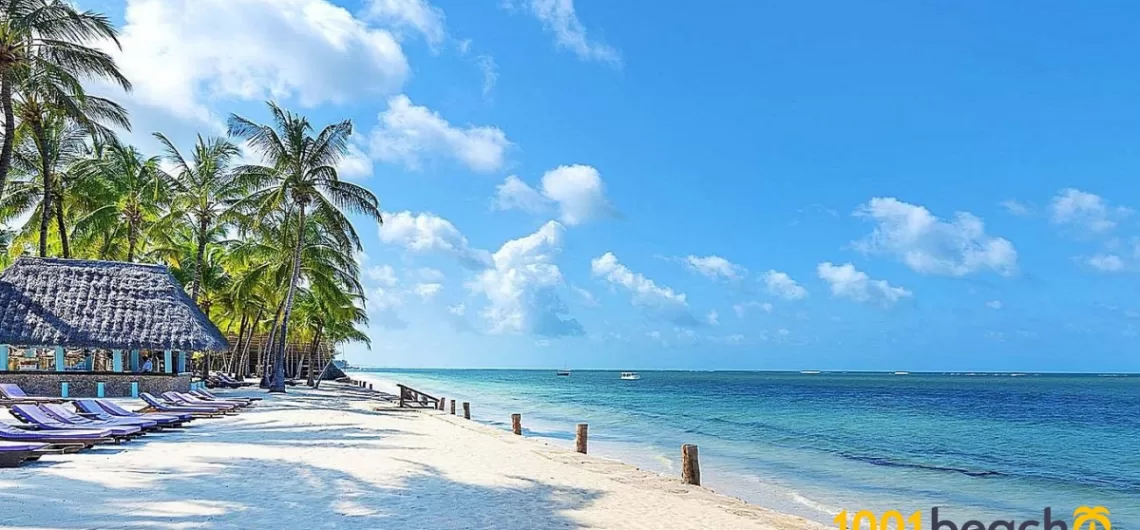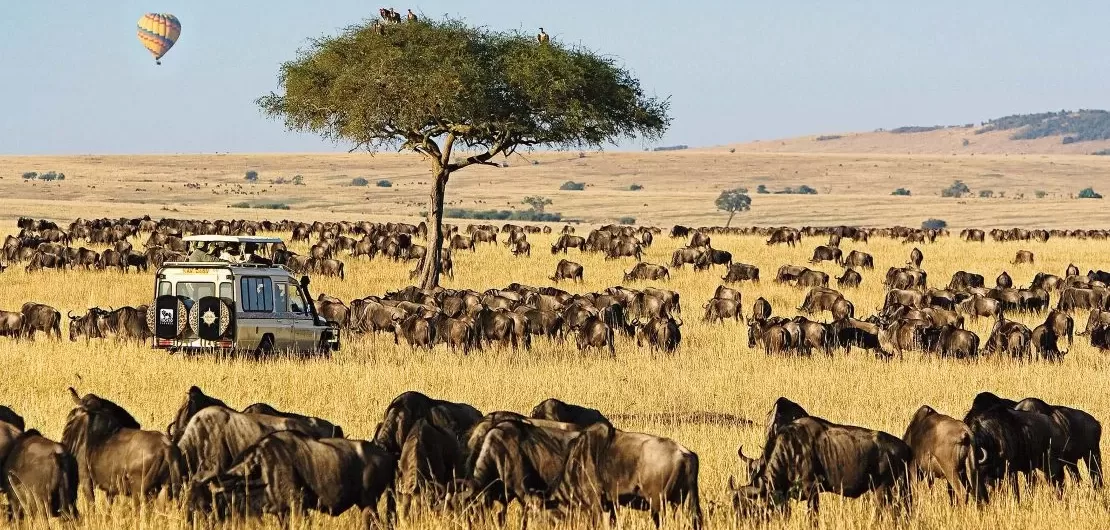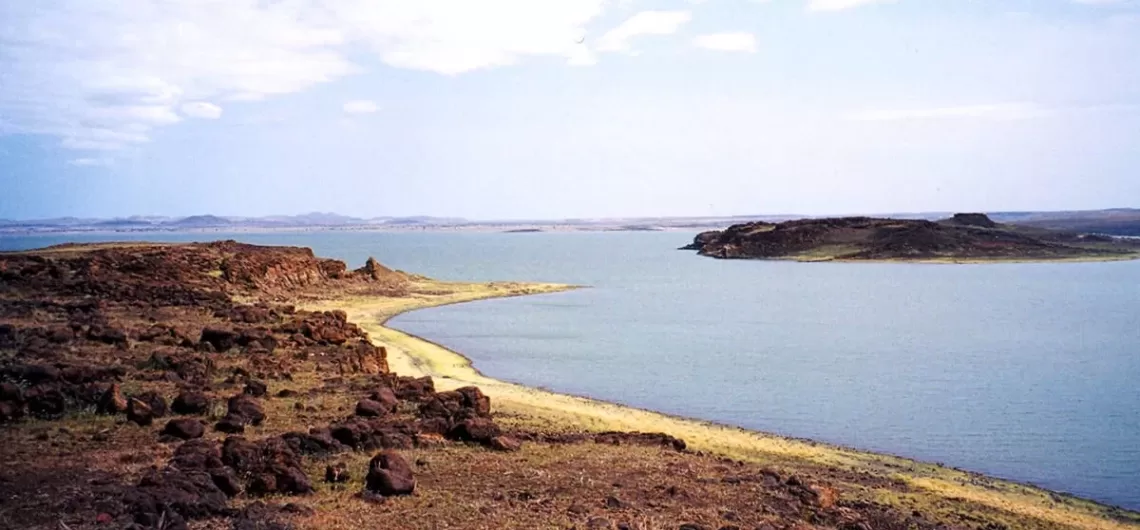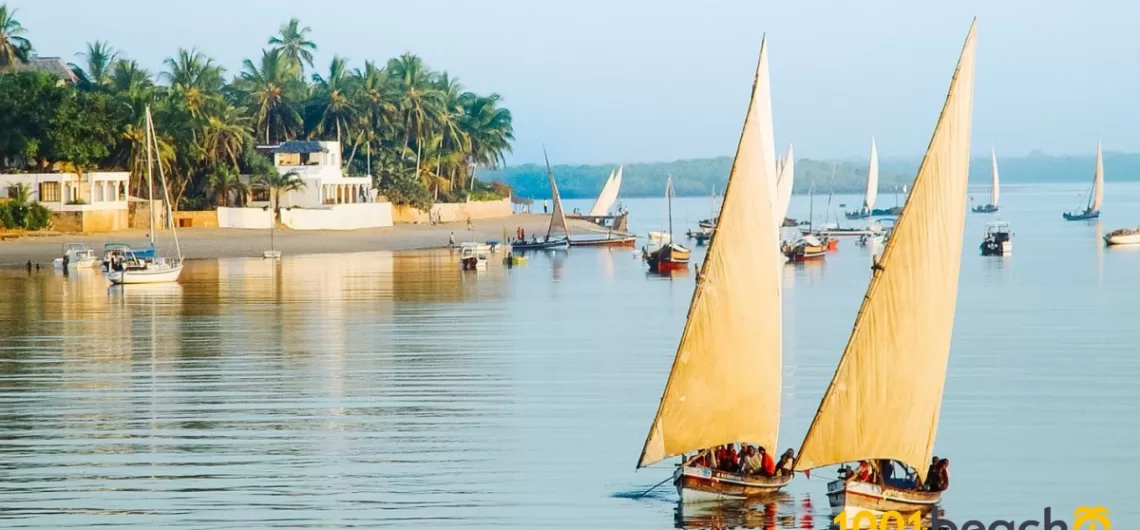Masai Mara, also known as the Maasai Mara or simply the Mara, is a wildlife reserve located in southwestern Kenya.
Masai Mara national reserve, also known as the Maasai Mara or simply the Mara, is a wildlife reserve located in southwestern Kenya. It is named after the Maasai people who inhabit the area and the Mara River that runs through it.
The Masai Mara National Reserve is famous for its abundance of wildlife, including the “Big Five” (African elephant, lion, leopard, Cape buffalo, and black rhinoceros), as well as other species such as cheetahs, zebras, giraffes, wildebeests, and many types of antelopes.
How to access Masai Mara
Mara National Reserve has five entry gates that visitors can use to access the reserve. The number of gates can vary depending on the source.
- Sekenani Gate: This is the main entry gate to the Masai Mara National Reserve and is located on the eastern side of the reserve, about 5 kilometers (3.1 miles) from the town of Sekenani.
- Talek Gate: This gate is located on the eastern side of the reserve, about 5 kilometers (3.1 miles) from the town of Talek.
- Oloololo Gate: This gate is located on the western side of the reserve and is used mainly by visitors staying in the conservancies on that side of the reserve.
- Musiara Gate: This gate is located on the northern side of the reserve and is used mainly by visitors staying in the conservancies on that side of the reserve.
- Sand River Gate: This gate is located on the southern side of the Masai Mara National Reserve and is used mainly by visitors staying in the camps and lodges in that area.
Conservancies within Masai mara
There are also several conservancies in the area that offer visitors a different safari experience. Some of the popular conservancies in the Masai Mara area include:
Mara Naboisho Conservancy
This conservancy is known for its high concentration of wildlife and offers visitors a more exclusive and intimate safari experience. Visitors can go on guided walks, night drives, and cultural tours.
Olare Motorogi Conservancy
This conservancy is home to a large population of lions and offers visitors a chance to see these majestic animals up close. Aditionally Visitors can also go on guided walks, night drives, and cultural tours.
Ol Kinyei Conservancy
This conservancy is known for its stunning scenery and diverse wildlife. Visitors can go on game drives, guided walks, and cultural tours.
Mara North Conservancy
This conservancy is located on the northern edge of the Masai Mara and offers visitors a chance to see rare and endangered species such as the African wild dog. For instance visitors can also go on game drives, guided walks, and cultural tours.
Tourists attractions
There are many tourist attractions in Masai Mara that visitors can enjoy. Some of the popular attractions include:
Game drives
The reserve is famous for its abundant wildlife, therefore visitors can go on game drives to see animals such as lions, elephants, giraffes, cheetahs, zebras, and many more.
Hot air balloon safaris
Similary this is a popular activity where visitors can enjoy a bird’s eye view of the Masai Mara while floating in a hot air balloon. This is often followed by a champagne breakfast in the bush.
Great Migration
Witnessing the Great Migration is a once-in-a-lifetime experience. Millions of wildebeests, zebras, and gazelles migrate between the Masai Mara and the Serengeti in Tanzania in search of fresh grazing lands.
Maasai villages
Visitors can visit Maasai villages to learn more about the Maasai people and their way of life. This is often followed by cultural performances and demonstrations.
Mara River
The Mara River runs through the Masai Mara and is an important water source for many animals. Visitors can go on boat rides and fishing trips along the river.
Bird watching
It is home to over 500 bird species, making it a paradise for bird watchers.
Photography
The Masai Mara is a photographer’s dream, with stunning landscapes and wildlife. Visitors can go on photography safaris to capture the beauty of the reserve.
Park entry fees
The entry fees vary depending on the nationality of the visitor and the duration of their stay. The fees were as follows:
- Citizens of East African Community (Kenya, Tanzania, Uganda, Rwanda, Burundi) – KES 1,200 per person per day
- Residents of Kenya – KES 1,200 per person per day
- Non-residents – USD 80 per person per day
There are also additional fees for vehicles, cameras, and other equipment.
- Motor vehicle fee is KES 3,000 per day for non-residents
- and KES 1,000 per day for residents and citizens of the East African Community.
- Professional camera fee is USD 50 per day for non-residents
- and USD 20 per day for residents and citizens of the East African Community.
Best time to visit Masai Mara
High season from mid-June to October.In addition there are millions of wildebeest in the Mara, it also attracts many tourists.
How to get to Masai Mara
By road
One of the most common way to get there is by road, either by private car or shuttle. The journey takes about 5-6 hours, depending on the route and the mode of transport.
By air
There are several airstrips in and around the reserve , making it possible to fly into the reserve from Nairobi or other locations in Kenya. Some of the airlines that operate flights to Masai Mara include Safarilink, Air Kenya, and Fly540. The flight time is usually about 1 hour, depending on the departure point.

